
A combination of human activities has put a number of species of coral on both the endangered and threatened species lists, but as humanity as a whole eradicates these crucial creatures, some people are doing their part to try and restore coral populations around the world.
Among them is Alex Goad, whose Australia-based Reef Design Lab is creating artificial structures using 3D printing on which to grow new coral colonies.
Engineering.com reached out to Goad to learn about what he’s doing to benefit the marine ecosystem and how 3D printing fits in with his company’s work.
The State of Coral
Perhaps best known for the stunning colors and shapes decorating the Great Barrier Reef, coral are crucial to many aspects of life related to marine ecosystems and, thus, the larger global ecosystem as a whole.
These invertebrates live in dense colonies within large, self-made calcium carbonate exoskeletons, which provide shelter for a wide variety of marine life, while also protecting coastlines from waves and tropical storms. In addition to the benefits that their exoskeleton provides, coral act as the source of nitrogen and other nutrients within the marine food web, regulate carbon and nitrogen within the oceans, and play a role in nutrient recycling.
Unfortunately, a range of human activities is actively destroying coral populations around the globe. Most notably are the rising temperatures and ocean acidification associated with climate change. While rising temperatures cause thermal stresses that result in bleaching, the oceans’ massive absorption of carbon dioxide (about a third of total anthropogenic emissions) is decreasing pH levels, which inhibit coral growth and the integrity of reefs. Other climate change-related issues, such as increased sea levels and more intense storms, negatively impact the life of coral as well.
As the Intergovernmental Panel on Climate Change (IPCC) noted in its special report on global warming of 1.5°C, humanity has until 2030 to cut carbon dioxide emissions by about 45 percent in order to keep average global warming at 1.5°C above preindustrial levels. Even at such a high temperature, the IPCC reports that, “coral reefs would decline by 70-90 percent with global warming of 1.5°C, whereas virtually all (> 99 percent) would be lost with 2°C.”
Outside of climate change, humans are also killing coral through such practices as coral mining, pollution, over fishing and runoff from agriculture and urban environments. At least 10 percent of coral reefs have already died, and 60 percent are at risk even before the planet reaches higher average temperatures.
As dire as the picture is, there are many groups doing what they can to protect and restore these vital creatures, including Reef Design Lab.
Artificial Exoskeletons
Goad explained that there are many low-tech methods already being deployed to restore coral populations. Essentially, reef protectors will create artificial coral farms using objects such as pipes, steel lattices or pieces of limestone rock, which then have individual pieces of coral manually attached to them in an effort to successfully cultivate a colony.
These methods have mixed results, but Goad hopes to add a new type of structure to the mix. Working closely with researchers, Reef Design Lab creates organic-looking, complex geometries from materials like ceramic and concrete in the hope that marine life will find suitable nooks and crannies within the structures in which to thrive.
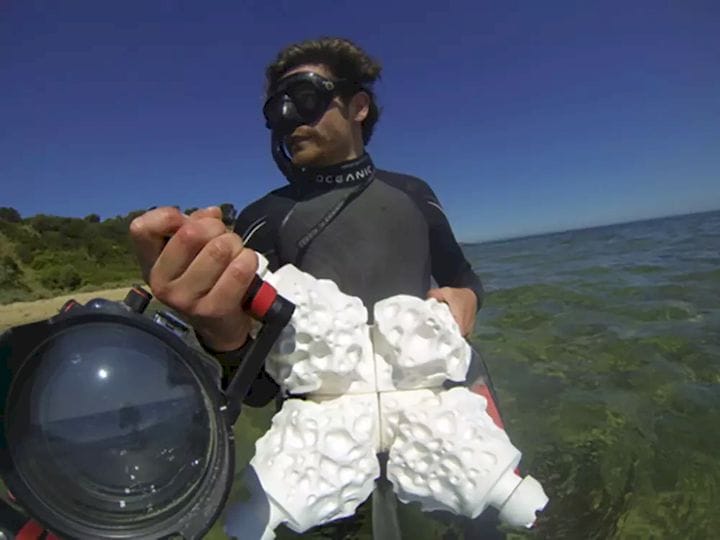
The organization sprang out of Goad’s graduation project while he was obtaining a degree in industrial design at Monash University in Melbourne. The project, dubbed “MARS” for “Modular Artificial Reef Structure,” is made up of parametrically designed, LEGO-like blocks into which coral can be transplanted. The modules are first designed in CAD software before molds are 3D printed on a desktop fused filament fabrication system and the final blocks are cast from ceramic.
In the summer of 2018, this method was used to install the world’s largest “3D-printed” reef in the Maldives. Installed in a region of the ocean where there were previously no coral reefs, MARS serves as a substrate for farmed coral to grow and, hopefully, form a natural reef.
“The head of [the MARS] dive built the coral in this area over the last three years,” Goad said. “He’s built an entire coral farm in his spare time essentially. The corals have had a lot of success growing there because they’re in slightly deeper waters, avoiding a lot of the bleaching events that have been happening in water above certain temperature.
“Essentially, MARS is a fancier version of some of the more traditional techniques,” he continued. “I’m going to be really interested to see if it’s much more effective using a ceramic material. It’s going to be the first large test of this system and it’s kind of the perfect area to do it because we can directly compare it with steel and ropes and limestone rock and the other techniques they’re using.”
Read more at ENGINEERING.com

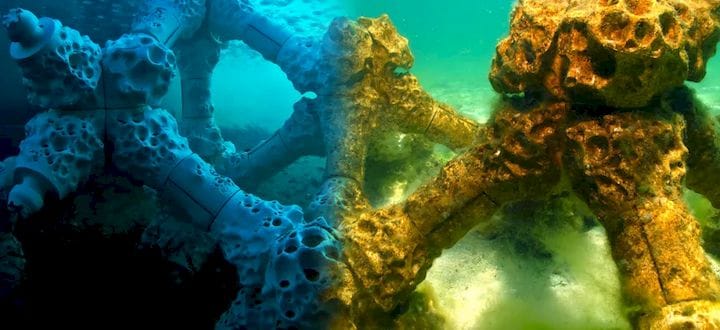
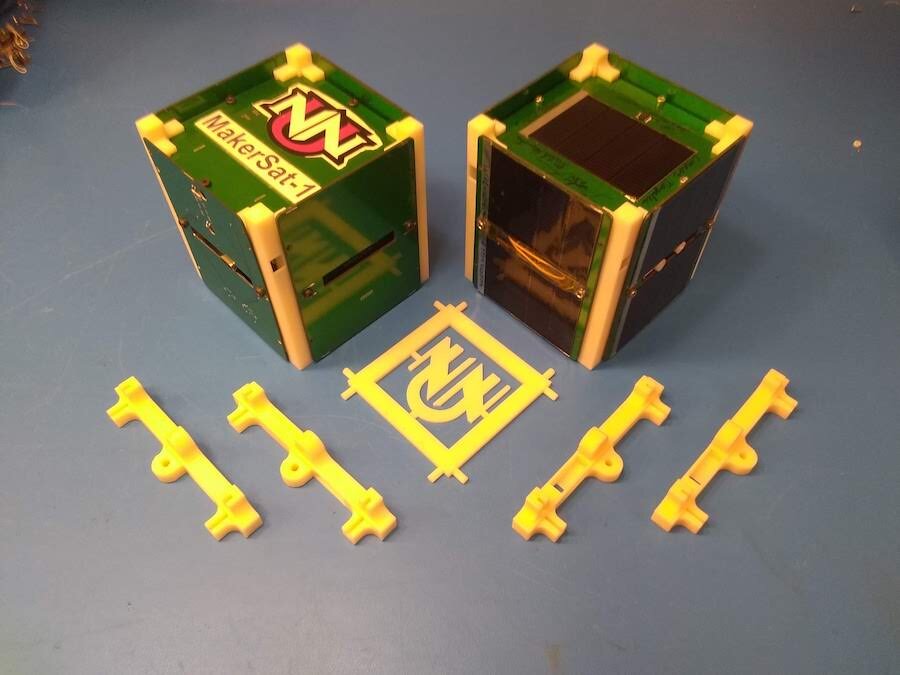
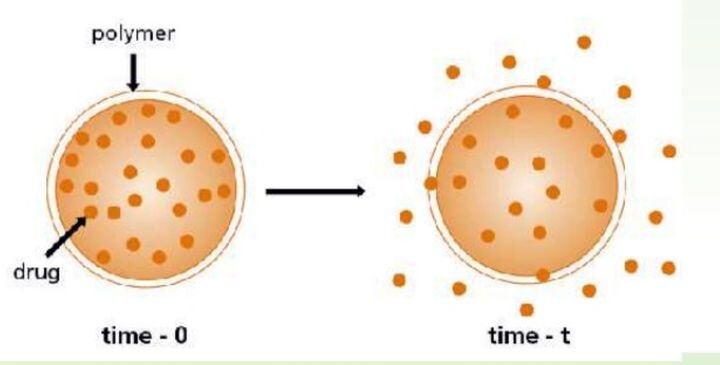
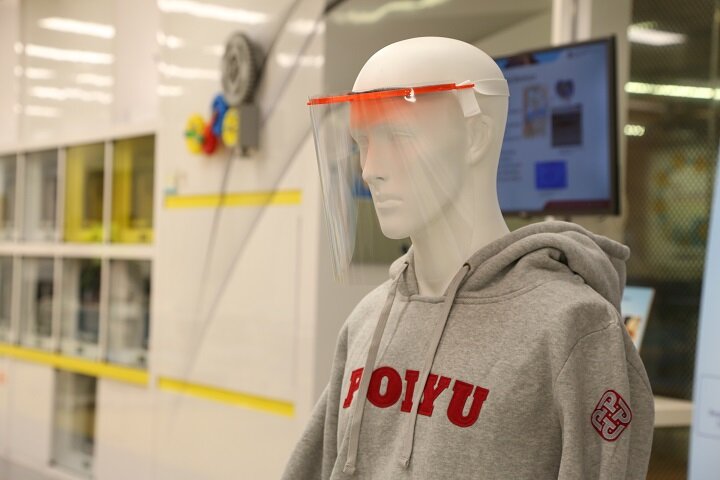
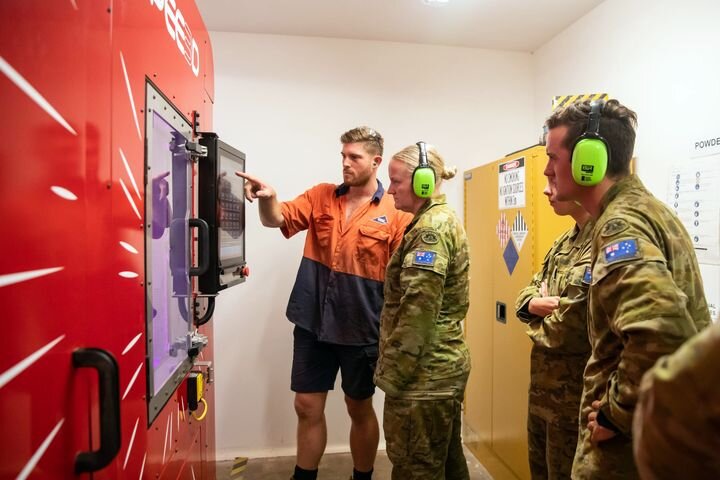
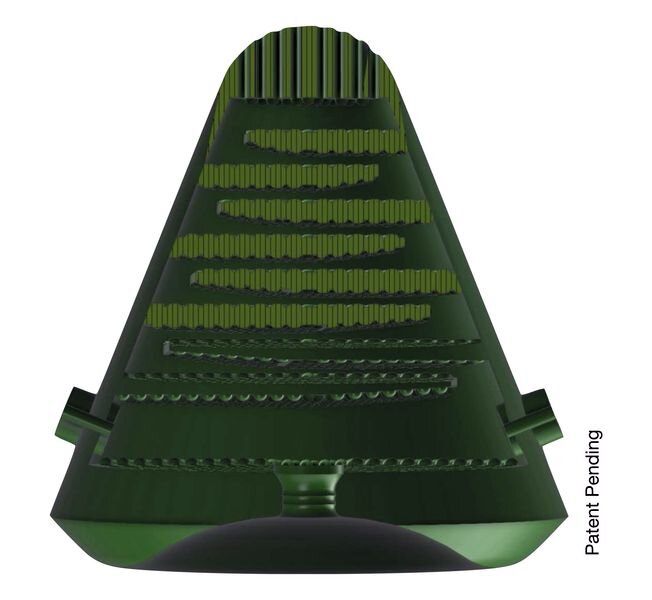

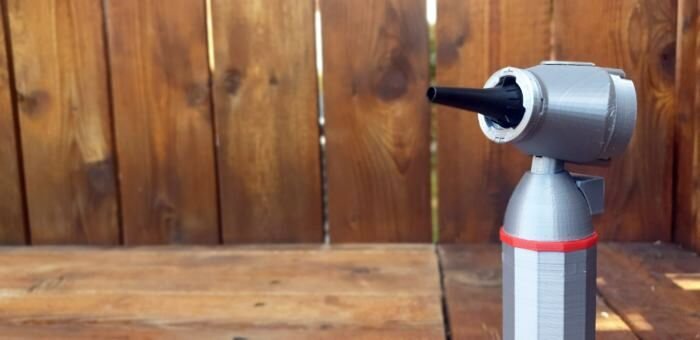
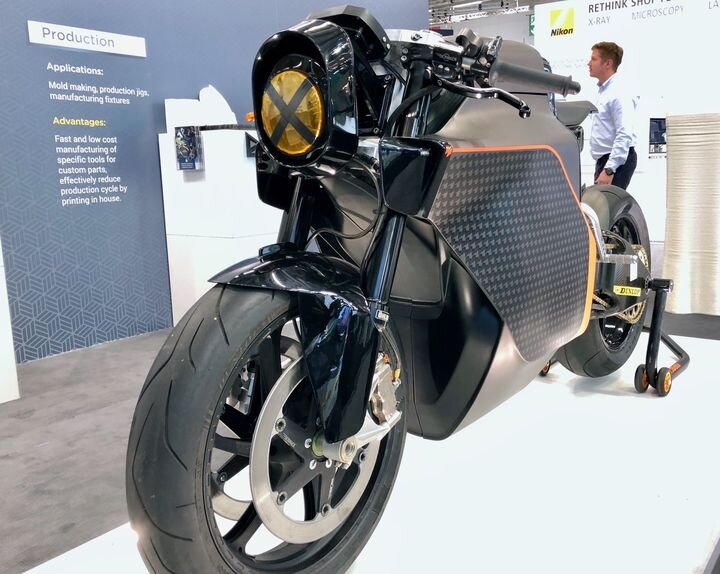
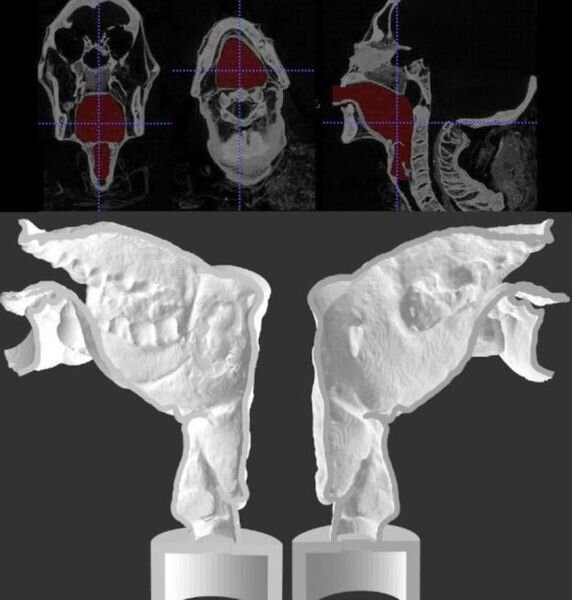
Healthcare 3D printing attempts to solve two problems that plague providing care: customization and cost.